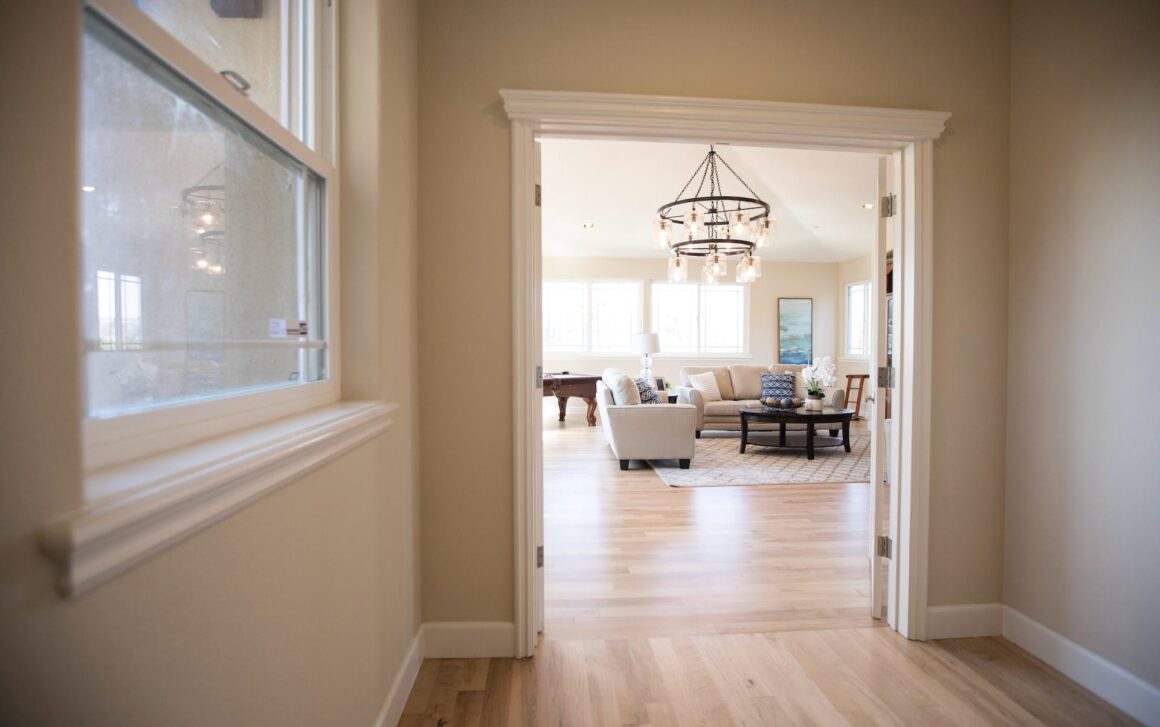Warped hardwood floors can be a frustrating problem for homeowners. Not only do they affect the aesthetic appeal of your home, but they can also pose safety hazards. However, fear not! In this guide, we will walk you through the steps to fix a warped hardwood floor and restore its former glory.
Identify the Cause
Before diving into the solution, it’s important to understand what caused your hardwood floor to warp in the first place. Common culprits include excessive moisture, changes in humidity, or poor installation. By identifying the cause, you can prevent future warping and ensure a long-lasting fix.
Gather the Necessary Tools
Now that you know what caused the warping, it’s time to gather the tools you’ll need for the repair. Here’s a handy checklist:
- Hammer
- Nails
- Wood glue
- Moisture meter
- Dehumidifier
- Weights or clamps
- Sanding equipment
- Finishing materials
Fixing Minor Warping
If your hardwood floor has minor warping, you may be able to fix it without too much hassle. Here’s what you can do:
- Identify the warped area and mark it.
- Apply moisture to the area using a damp cloth or sponge.
- Place weights or clamps on top of the warped area to flatten it.
- Leave the weights in place for at least 24 hours.
- Remove the weights and check if the warping has improved. If not, repeat the process.
- If the warping has improved, use sanding equipment to smooth the area.
- Apply wood glue to the underside of the warped board and press it back into place.
- Secure the board with nails and wipe away any excess glue.
- Allow the glue to dry completely before sanding and refinishing the floor.
Dealing with Major Warping
If your hardwood floor has major warping or multiple warped boards, the repair process may be more involved. In such cases, it’s best to seek professional help.
Related:
However, if you’re up for the challenge, here are some steps you can take:
- Identify and mark all the warped areas.
- Use a moisture meter to determine the moisture content of the floor and address any underlying moisture issues.
- Install a dehumidifier in the affected area to reduce humidity levels.
- Remove the warped boards carefully, taking care not to damage the surrounding boards.
- Inspect the subfloor for any damage or moisture issues and address them accordingly.
- Replace the warped boards with new ones, making sure they fit snugly into place.
- Secure the new boards with nails and wipe away any excess glue.
- Allow the glue to dry completely before sanding and refinishing the floor.
Preventing Future Warping
Once you’ve successfully fixed your warped hardwood floor, it’s important to take preventive measures to avoid future warping. Here are some tips:
- Maintain a consistent humidity level in your home.
- Use a dehumidifier or humidifier to regulate moisture levels.
- Avoid excessive water spills and clean up any spills immediately.
- Ensure proper installation of the hardwood floor, following manufacturer guidelines.
- Consider using area rugs or mats in high-traffic areas to protect the floor.
Conclusion
Fixing a warped hardwood floor may seem like a daunting task, but with the right tools and knowledge, you can restore your floor to its former beauty. Remember to identify the cause of the warping, gather the necessary tools, and follow the appropriate steps for minor or major warping. By taking preventive measures, you can ensure that your hardwood floor remains in top shape for years to come. Happy fixing!











